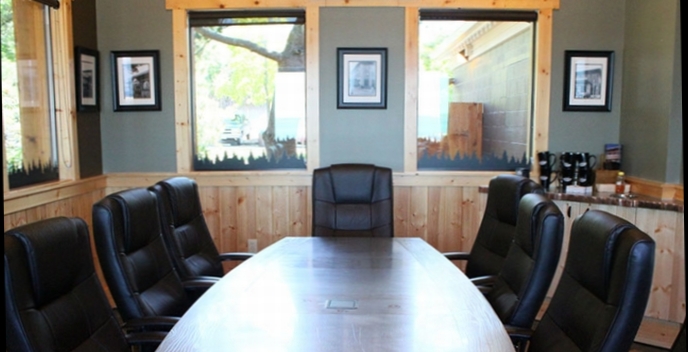Why The Future of Work is "Smart Work"
- Posted in:
- Interviews
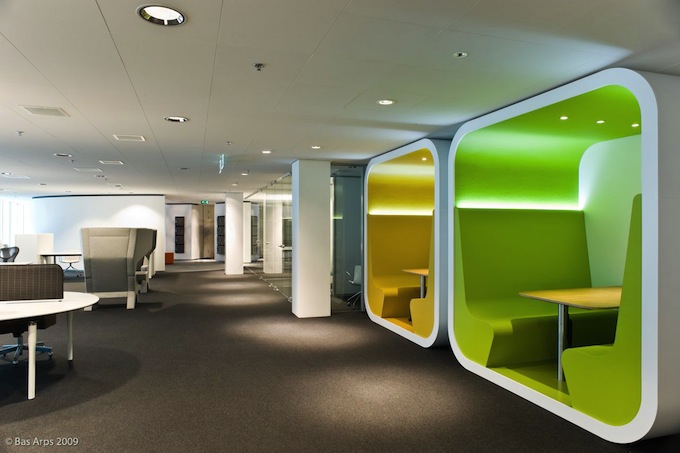
Smart Work Center Mockup (Source: Cisco.com)
It’s easy to dismiss the recent chatter about the growing "mobile workforce" as hype. While the images of developers hacking away in the corner of a hip local coffee shop , or of 20-something startup founders teleconferencing from their one-bedroom apartments have become ubiquitous, this is the the exception rather than the norm. The reality for most people working at a traditional company job is still the commute, the cubicle, and the conference room.
That’s the reality now, but will it change? To answer this question we reached out to experts in the field of workspace innovation and got in touch with Gordon Feller, Director of Urban Innovation at Cisco. Feller provided us with some convincing arguments for why the mobile workforce is poised to become a much more significant percentage of the working population, and that this change will come about sooner than we think.
What's Holding The Mobile Workforce Back?
The fact of the matter is that today we already have the tools to enable a mobile workforce. The availability of mobile devices, cloud computing and cheap teleconferencing solutions make it not just possible, but easy.
The problem, says Feller, is that "Big companies have a cultural bias toward 'Let's get our people into a shared space which is secure.'" It's this bias that keeps employees chained to their desks, spending 1 to 2 hours each day on the road and in traffic jams while their vehicles spew an untold amount of greenhouse gases into the atmosphere.
The reasons for this bias are easy to understand. First, there are concerns about the security of proprietary data. If employees could access sensitive data remotely, the chances of this data falling into the wrong hands would naturally increase. Second, requiring employees to arrive and leave work at predetermined hours guarantees a certain baseline of productivity. Finally, there's a certain amount of synergy that is lost when members of a team don't meet daily in the same space.
The Missing Ingredient: Smart Workspaces
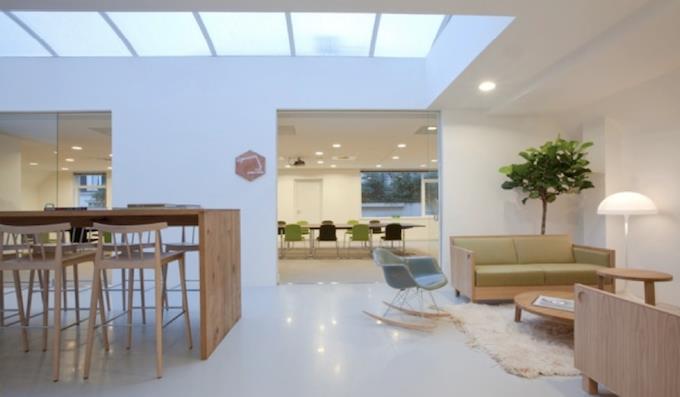
A Smart Work Center Commons Area
These are valid points, and as far as a large company's needs are concerned, a local coffee shop with free wifi doesn't cut it. This is where the "Smart Workspace" comes in.
A "Smart Workspace," as Feller defines it, is "a space that could provide something that was uniquely suited to the hyperproductive worker who was dropping in sometimes at odd hours and wanted services available whether it was broadband connectivity, conference services, cafe services, child care services, or high definition video conferencing services that were affordable and accessible."
If enough of these smart workspaces were established in suburban areas, then not only would the daily commute become less of an ordeal, but the ability to share ideas freely with other bright professionals from different companies could lead to breakthroughs in productivity.
"There are companies like Google and Cisco," says Feller, "who have decided that 'we want to encourage our people to be in mixed spaces where we rub elbows with folks who don't have the same color badge…We want to enable [this]because we think that people are happier and more innovative and more intelligent rubbing elbows with people who are different and not in the same company.'"
One question that always comes up when it comes to smart workspaces is data security. Could employees in mixed spaces be a security risk? While this is a valid concern, there are ways to mitigate these risks.
According to Feller, in the case of Google, the employees are in workspaces separated by non-Google people. So while certain floors are secure and may require some form of ID, there are other areas that are shared spaces. The whole space, however, is designed for a more collaborative work environment. This is where people can bring work that’s not proprietary and not requiring a higher level of security.
The Push Toward the Smart Workspace
Of course, companies like Google with deep pockets have always sought out new and creative ways to keep their employees happy and productive. But, just because Google is doing something different, doesn’t mean that other companies will.
What makes the push towards having more Smart Workspaces different is demand. The talented millennials who refuse to be chained to a desk will naturally migrate to companies who begin to provide Smart Workspaces. And, it’s not just millennials either who are driving the change.
The commute, the cubicle and the conference room which, says Feller, "were once staples of our work lives…[are] going the way of the rotary phone. And companies around the world, not just Cisco and other technology companies [but] really every kind of company in the world are embracing the kind of technology that lets their employees do their jobs…from anywhere at any time and that means not just higher productivity but a different experience of work itself and a different work-life balance. And everybody wants that even if you're not 20-something."
Smart Work Centers: Early Successes
While Smart Workspaces have a ways to go in the states, they have already proven to be successful in Korea and the Netherlands.
Korea
"Korea had the benefit of some push from the top," Feller says, "The Prime Minister's office launched a national smart work strategy…and said to Hyundai and to LG and to Samsung and said to others that traffic flows in and around our cities are getting to be severely congested. Our people are being overworked by the commute, and it's not a productive use of our human capital." The solution then was to use the abundance of available real estate in suburban areas and to create smart work centers away from city centers. So far, the experiment has proven to be a success, and has provided a better quality of life for the employees who have taken advantage of it.
According to a report sent to us by Tony Kim, who has been spearheading smart work initiatives in Korea, so far 310,000 (10%) of Korean government officials did work (at least once a week per month) at 10 government smart work centers, and the target is 940,000 (30%) consistently doing smart work by 2015. This change alone should save 170M USD in business travel cost per year.
The Netherlands
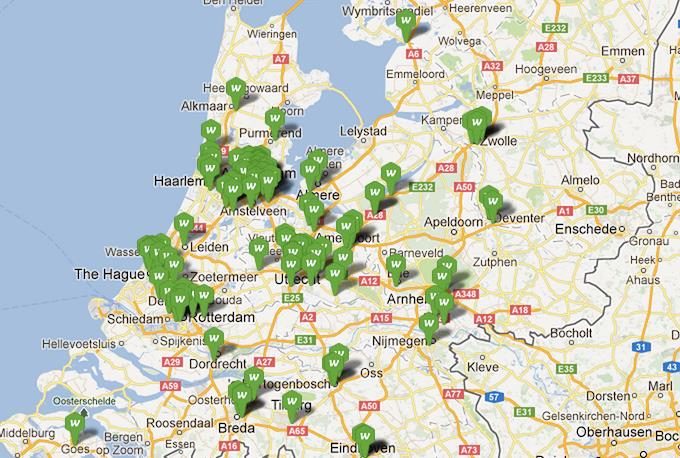
Smart Work Centers in the Netherlands (via www.w-work.nl)
In the Netherlands, the growth was more "bottom up", thanks to the work of Bas Boorsma in Amsterdam, Feller's other key colleague. Bas and Tony Kim have been global spearheads for Cisco's rapid push forward on "Work/Life Innovation." The mayor of the city of Almeer, a residential suburb of Amsterdam, set up one of the first smart work centers. After the success of that experiment, the Double U network, a collaboration between Cisco and the city of Amsterdam, set about their goal of "Providing every professional in the Netherlands with a highly professional and socially conducive work place within 15 minutes bicycle distance." So far so good, as there are now more than 120 smart work centers and counting.
The Importance of Aggregation Services
If and when the Smart Workspaces movement does take off worldwide, one issue that will arise is fragmentation. A company that once only had to oversee a few buildings of employees would have to keep track of their employees scattered over a myriad of suburban Smart Workspaces. It’s aggregation services like Worksnug in the UK and eVenues in the US that are poised to help employers deal with the increasing complexity of finding and securing reliable work and meeting spaces.
"If I'm the employer and I have a distributed and scattered and fragmented workforce I'd like to be able to push my people to use that common platform for reservation and for rating and for site comparisons because I as the employer would like to know what's the uptake…[and] the benefit," says Feller.
Feller also mentions that these aggregation tools could provide analytics and reporting on "how many millions of tons per year of reduced greenhouse gas emissions or how many billions of miles per year of reduced road travel" can result when a company implements a smart work program.
The Smart Work Movement: Just a Matter of Time?
Smart Workspaces provide a "third place” - unique from either home or the office. They can offer a host of unique services under one roof like a luxury hotel, but also a social culture that makes them more appealing than being a lone employee telecommuting from home.
Changes that have already taken root in both Korea and the Netherlands offer hope and momentum. Highly sought after talent are continuing to demand Smart Workspaces and the companies that don’t cater to these demands are going to lose out. Innovative companies like Google and Cisco are already leading the way, and it’s just a matter of time before others follow. Finally, the tools that that make Smart Workspaces possible continue to be developed and refined.
Want to learn more about smart work?
If you want to learn more about the smart work movement, and the recent developments in Smart workspaces, check out the blog at cityminded.org. On the site you'll also find information about the "Meeting of the Minds" conference where smart work related topics will be discussed. This year the conference will be in Toronto from September 9th through the 11th. It's an annual invitation only leadership summit where debates related to the future of smart work and the smart city is taking place. The whole event will also be webcast live.
 About Gordon Feller: Gordon Feller is Director at Cisco Systems, based at their global HQ in San Jose, California. As the Convenor of "Meeting of the Minds" he's bringing together in September a group of leaders to Toronto for discussions about such topics as smart work. The unique group of sponsoring organizations includes: tech leaders (Toyota, Cisco, IBM, Philips, Schneider, Itron, Jones Lang LaSalle); engineering / design leaders (HOK, Golder); a non-profit innovator, 1 university and 3 foundations (Evergreen, Ryerson Univ., Annie E Casey Fdn., Ford Fdn., Lincoln Institute for Land Policy), government leaders (Inst. On Governance); and publishers (Governing Magazine; IT in Canada Magazine; Renew Canada Magazine).
About Gordon Feller: Gordon Feller is Director at Cisco Systems, based at their global HQ in San Jose, California. As the Convenor of "Meeting of the Minds" he's bringing together in September a group of leaders to Toronto for discussions about such topics as smart work. The unique group of sponsoring organizations includes: tech leaders (Toyota, Cisco, IBM, Philips, Schneider, Itron, Jones Lang LaSalle); engineering / design leaders (HOK, Golder); a non-profit innovator, 1 university and 3 foundations (Evergreen, Ryerson Univ., Annie E Casey Fdn., Ford Fdn., Lincoln Institute for Land Policy), government leaders (Inst. On Governance); and publishers (Governing Magazine; IT in Canada Magazine; Renew Canada Magazine).
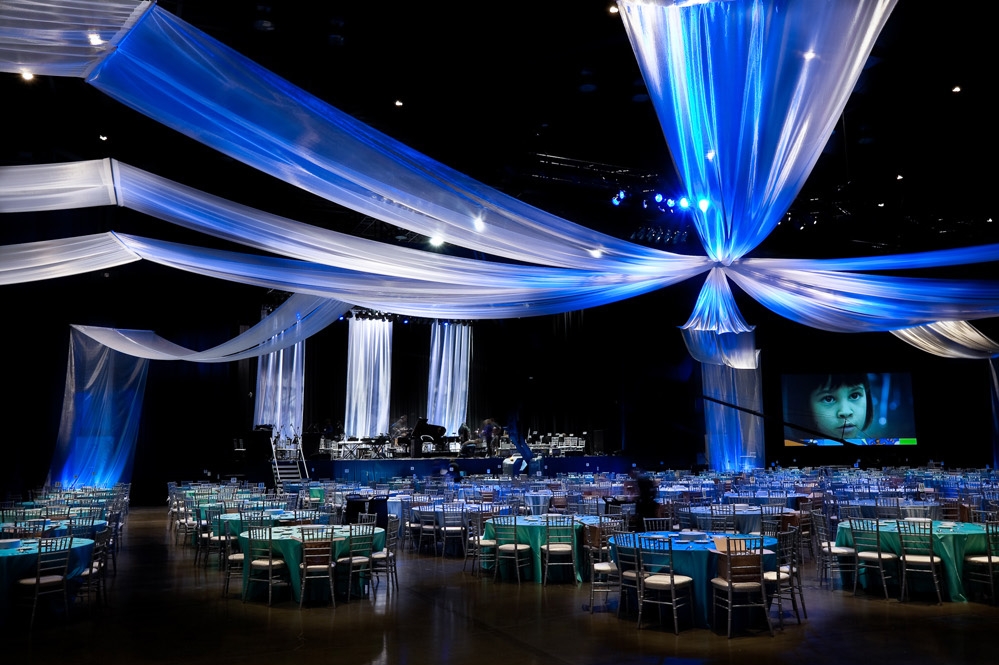

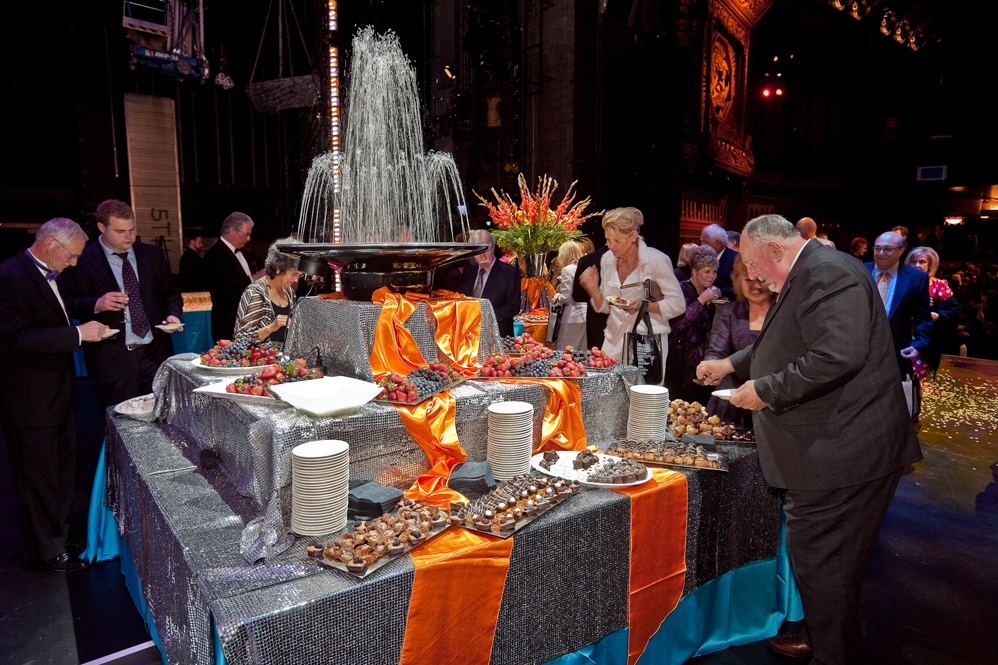




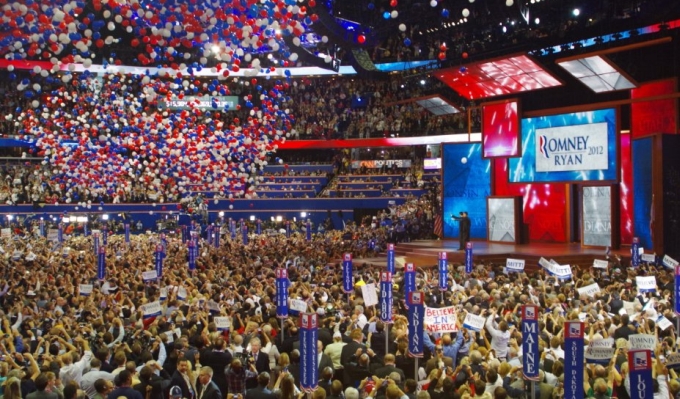
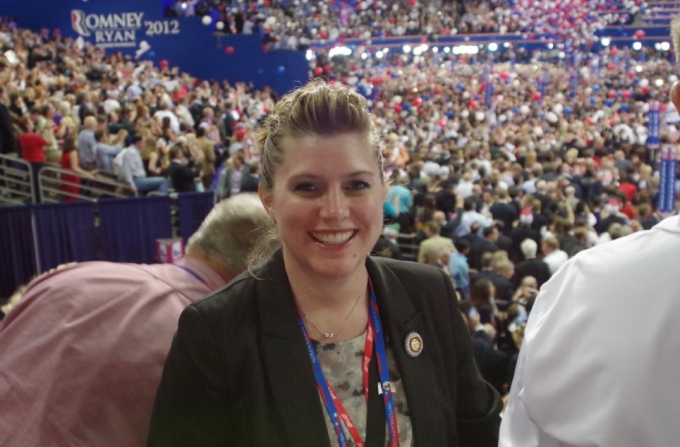

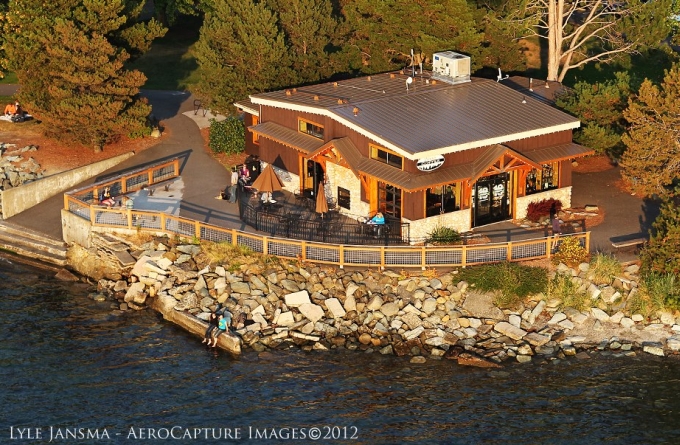
 Wes Herman
Wes Herman
